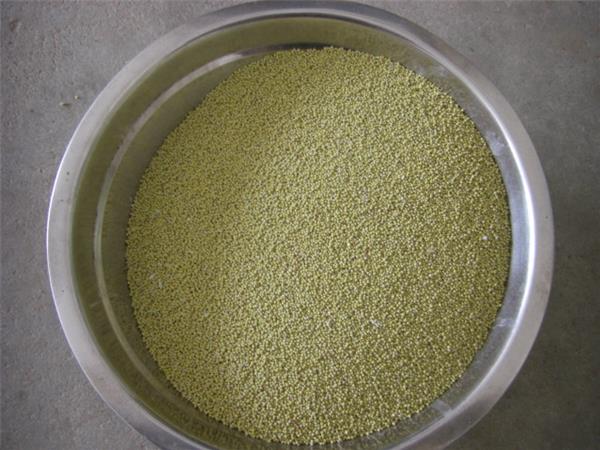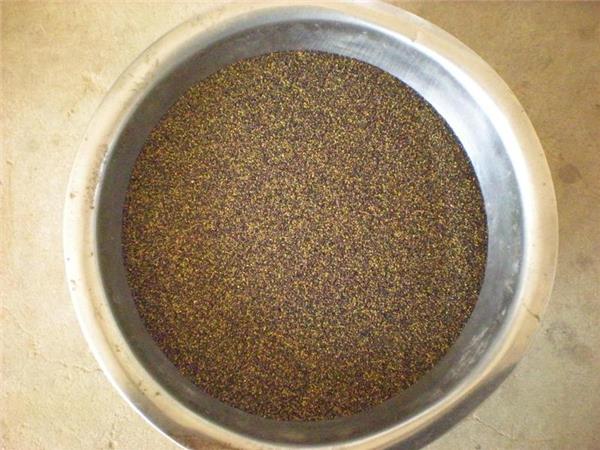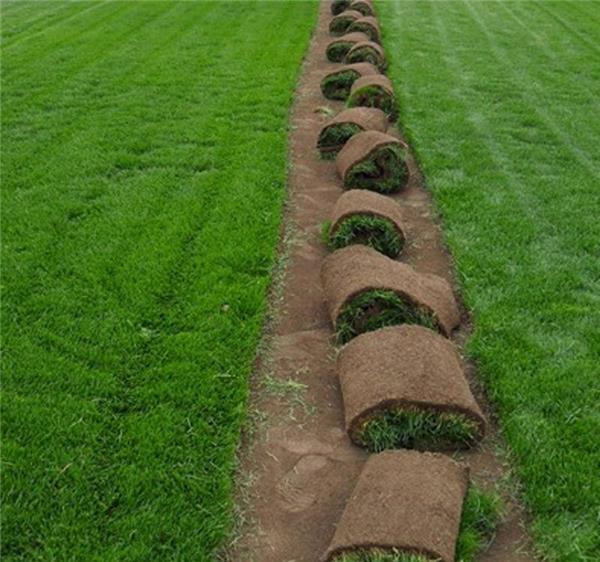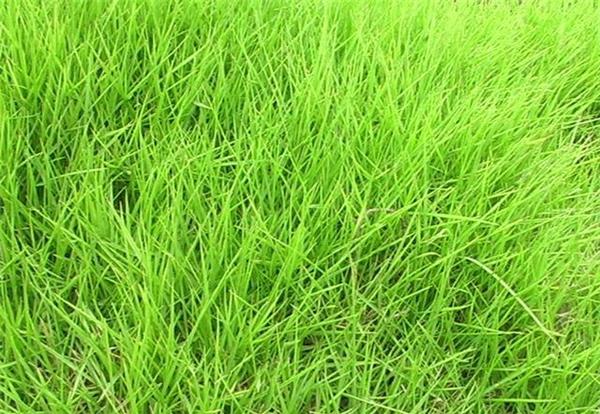Methods and matters needing attention of seeding lawn with grass seed
Grass seed sowing lawn is a method that many people will choose, because buying turf to lay lawn will be a costly project. In comparison, it is much cheaper and easier to sow grass seeds. Let's learn more about it.

Sowing and maintenance methods of Grass seed Lawn
1. Good seeds should not contain impurities. Germination test and sprouting treatment should be done before sowing to determine a reasonable sowing amount.
2. When sowing, the soil should be watered and soaked to keep the soil moist. After a little dry, the surface soil should be raked and raked, sowed, evenly covered with 0.30-0.50cm, then lightly pressed, and then sprayed with water.
3. After sowing, water should be sprayed in time, and the water point should be fine and uniform, soaking through the soil layer of 8-10cm. Water spraying should not be interrupted except for rainy weather. It can also be covered with grass curtains to maintain humidity and spread out when sprouting.
3. When ploughing the land, artificial pillars are removed and chemical methods are used to eliminate impurities before sowing. Commonly used herbicides are glyphosate and pentachlorophenol sodium, which are internal absorption type and contact type respectively, which can kill perennial and annual weeds with a dosage of 250 ml per mu.
4. After the turf is formed, it is impossible to apply a large amount of fertilizer in the root zone of the soil, and the texture and fertility of the soil directly affect the root growth and development of turfgrass, thus affecting the quality and life of the turf. Therefore, enough organic fertilizer should be applied before the turf construction to ensure the normal growth and long-term effect of the lawn. Organic fertilizer must be fully retted manure to prevent weed seeds and sources of diseases and insect pests from being brought into the soil. The amount of organic fertilizer per square meter is 10kg, so that the fertilizer and the soil are fully mixed.

Matters needing attention in planting lawn with grass seed
1. Control the density of seeds, not too thin and do not waste seeds too densely. There are fine-hole bamboo sieves or rice baskets at home, which can make the seeds leak out. Put the seeds in and sift them while walking, so that you can control the density.
2. The fertilizer should be buried in the soil layer and do not let the seeds touch directly. Use bean cake, plant ash, or compound granular fertilizer bought by the florist. First fertilize, mix well with the soil, and then cover with a thin layer of soil, you can avoid touching the seeds.
3. Before sowing, combine fertilization and mix the soil and fertilizer evenly; break large chunks of soil with a flower shovel; loosen the soil and turn it to even particles the size of broad beans. After the seeds have been sown, they should be covered with a thin layer of fine soil.
4. Be sure to sprinkle water with sprinkler nozzles, but not directly with water pipes, or directly water with pots, buckets, spoons, etc., which will wash the seeds out of the soil and seriously affect the germination rate. Wait until the seeds sprout, the grass leaves have grown, and the roots have been firmly rooted in the soil before they can be watered with a larger flow of water.
5. The soil should always be kept moist and not dry and dehydrated, otherwise the germinated seeds will easily die from the sun and dry.
6. once there is a rainstorm, and the seeds have not yet germinated, or have just germinated, then measures should be taken to cover the rain. Otherwise, under the heavy rain, there will be heavy losses.

Attached, some common industry terms of turfgrass seeds
Registration and certification system: it is a certification scheme put forward by different countries in the world shortly after the second World War in order to promote multilateral trade in seeds and increase agricultural production. Among them, different countries have different certification systems.
OECD system: it is the seed registration and certification system of the Organization for Economic Cooperation and Development. At present, seven are implemented, and forage grass and legume seeds are one of them, and turfgrass species are carried out according to this scheme. European countries are only allowed to sell seeds certified under the system. Australia and New Zealand also adopt this system.
ISTA certificate: it is issued in orange, green and blue according to the requirements of the International seed Trade Federation. Among them, the green certificate is the certificate that the sample is inspected by another country.
Core seed: the most primitive seed cultivated by the breeder, also known as the original seed or breeder seed. Generally speaking, it takes 1-2 years to cultivate a variety.
Pre-basic seed: the seed raised by the variety holder with the core seed.
Basic seed: its production is the responsibility of the variety holder. After consultation with the competent authorities, the algebra of the parent material raised by the variety holder before the basic seed must be strictly restricted.
Certified seeds: seeds produced by domestic or foreign organizations in the registration of varieties.

Sowing lawns with grass seeds is a relatively low-cost way to lay lawns, and most grass species have high growth ability and the ability to spread rapidly, but only when high-quality grass species are identified, can we lay a high-quality lawn.
Sowing lawns with grass seeds is a relatively low-cost way to lay lawns, and most grass species have high growth ability and the ability to spread rapidly, but only when high-quality grass species are identified, can we lay a high-quality lawn.
Related
- Wuhan Hospital Iron Tree Blooming Result Was Instantly Frightened by the Gardener Master
- Which variety of camellia is the most fragrant and best? Which one do you like best?
- What is the small blue coat, the breeding methods and matters needing attention of the succulent plant
- Dormancy time and maintenance management of succulent plants during dormancy
- Minas succulent how to raise, Minas succulent plant pictures
- What are the varieties of winter succulent plants
- How to raise succulent plants in twelve rolls? let's take a look at some experience of breeding twelve rolls.
- Attention should be paid to water control for succulent plants during dormant period (winter and summer)
- Watering experience of twelve rolls of succulent plants
- Techniques for fertilizing succulent plants. An article will let you know how to fertilize succulent plants.



